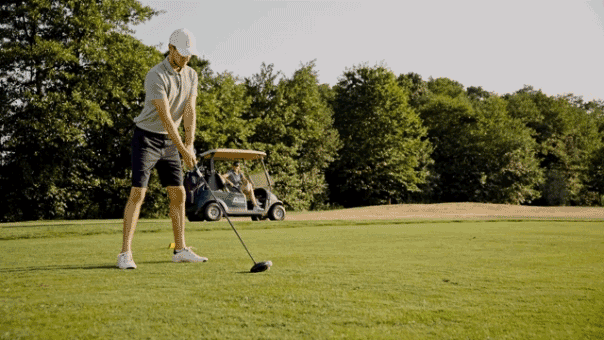Fox News Flash top headlines for September 24
Fox News Flash top headlines are here. Check out what's clicking on Foxnews.com.
Contact tracing, when effective, may help interrupt the chain of coronavirus transmission. However, noncooperation from infected individuals and failure to reach close contacts feeds into ongoing transmission.
In North Carolina, for example, nearly half of coronavirus patients in a given county did not report contacts, and when contacts were given, a quarter of them were unreachable, according to a report from the Centers for Disease Control and Prevention (CDC).
“Despite aggressive efforts by health departments, many COVID-19 patients do not report contacts, and many contacts cannot be reached,” said the CDC report. “Improved timeliness of contact tracing, community engagement, and community-wide mitigation are needed to reduce SARS-CoV-2 transmission.”
The CDC published an analysis of data from two North Carolina counties where virus transmission had a high incidence. From June 1 to July 12, incidence of virus cases in North Carolina jumped by 183%, said the report.

To explain the unsucessful contact tracing, the CDC theorized that close contacts were reluctant to answer phone calls from unknown numbers, among other reasons. (iStock)
THOUSANDS OF NORTH CAROLINA RESIDENTS INCORRECTLY TOLD THEY HAD CORONAVIRUS
“During periods of high COVID-19 incidence in North Carolina, 48% of COVID-19 patients reported no contacts, and 25% of contacts were not reached in Mecklenburg County,” said the report. “In Randolph County, 35% of COVID-19 patients reported no contacts, and 48% of contacts were not reached.”
Health officials reportedly investigated 77% to 99% of new cases within four days from specimen collection.
The CDC offered several explanations for the unsuccessful tracing--perhaps officials couldn’t build proper rapport with a telephone call; patients may not have wanted to subject contacts to isolation due to potential job and financial consequences, or maybe contacts were hesitant to answer calls from unknown numbers.
The agency also theorized that the sheer volume of work may have affected officials’ ability to contact trace.
CORONAVIRUS IN THE US: STATE-BY-STATE BREAKDOWN
The data from North Carolina is similar to that of Maryland and New Jersey, the CDC wrote. Some 50% and 52% of reported cases, respectively, reported no contacts. The proportion of contacts reached were said to be "comparable;" 50% and 54% in Maryland and New Jersey, respectively.
"The relatively low participation and cooperation with contact tracing suggest a lack of community support and engagement with contact tracing,” according to the report.
“This assessment revealed that, although these two [North Carolina] county health departments investigated the majority of index cases, a high proportion of persons with COVID-19 did not report contacts, many contacts were not reached and the time needed to notify contacts likely reduced the impact of contact tracing as a mitigation strategy.”
The CDC acknowledged that patients’ and contacts’ self-reported data from county health departments may affect data validity.








































